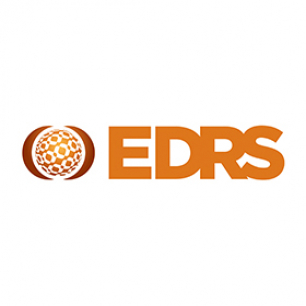Amyl nitrite, an inhalant commonly known as ‘poppers’, belongs to a group of chemicals known as alkyl nitrites, and appears as a clear, yellow, highly volatile and flammable liquid. Amyl nitrite is mostly sold in small bottles containing 10-30ml liquid, with people inhaling the fumes from the bottle in ‘snorts’. Some people report use for the brief sense of euphoria and arousal when inhaled. Gay, bisexual and other men who have sex with men (GBM) have also reported use for functional purposes to heighten sexual experiences and facilitate receptive anal intercourse.
There has been some concern around amyl nitrite use given potential health harms, including severe methaemoglobinemia, corneal burn and maculopathy. Up until recently, amyl nitrite could be prescribed by a doctor, though access was typically via adult shops and sex-on-premises venues. As of 1st February 2020, amyl nitrite was listed as a Schedule 3 substance in Australia, enabling people to purchase the substance at pharmacies without the need for a prescription. Whilst provision via a pharmacy may provide an opportunity for harm reduction education, there are no available commercial products that meet regulatory requirements. There has also been some concern around potential stigma for those who wish to access amyl nitrite to facilitate anal intercourse which might deter purchase from pharmacies.
Given these changes, the aim of this bulletin was to examine recent patters of use of amyl nitrite among a sentinel sample of people from Adelaide, South Australia, who regularly use ecstasy and other illicit stimulants, with a specific focus on data collected in 2020.


